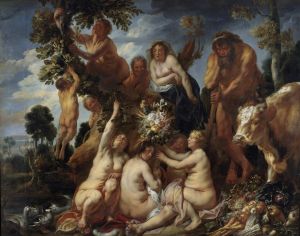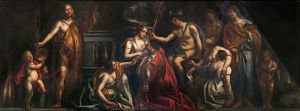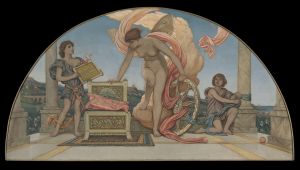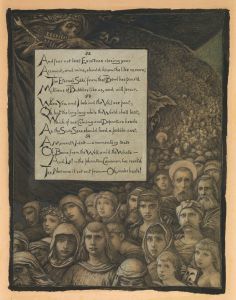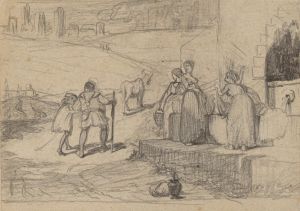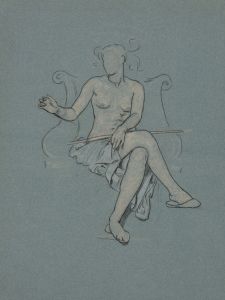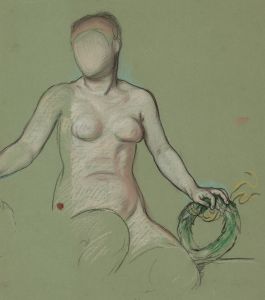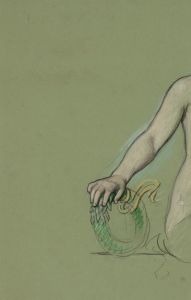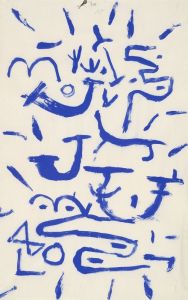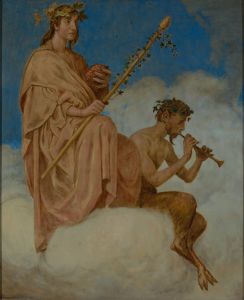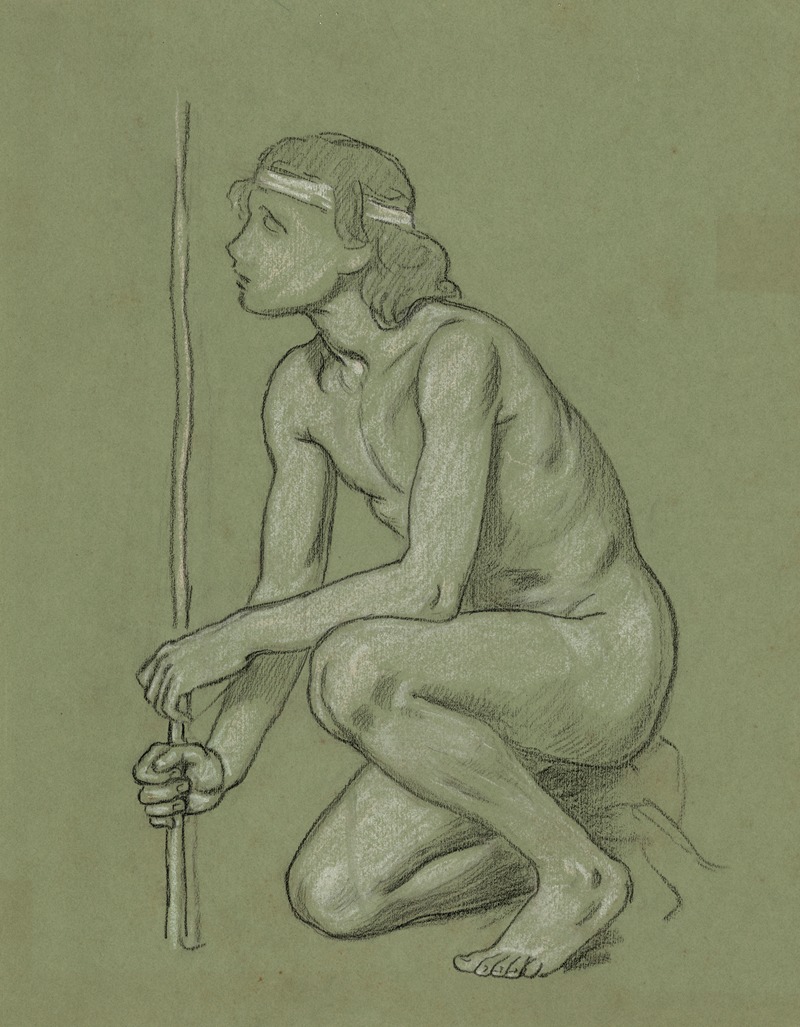
Study for figure of Agriculture in the mural Peace and prosperity
A hand-painted replica of Elihu Vedder’s masterpiece Study for figure of Agriculture in the mural Peace and prosperity, meticulously crafted by professional artists to capture the true essence of the original. Each piece is created with museum-quality canvas and rare mineral pigments, carefully painted by experienced artists with delicate brushstrokes and rich, layered colors to perfectly recreate the texture of the original artwork. Unlike machine-printed reproductions, this hand-painted version brings the painting to life, infused with the artist’s emotions and skill in every stroke. Whether for personal collection or home decoration, it instantly elevates the artistic atmosphere of any space.
"Study for Figure of Agriculture in the Mural Peace and Prosperity" is a preparatory work created by the American artist Elihu Vedder. This study was part of Vedder's process for designing the mural titled Peace and Prosperity, which he completed in 1896. The mural was commissioned for the Library of Congress in Washington, D.C., as part of the decorative program for the newly constructed Thomas Jefferson Building.
Elihu Vedder, a prominent symbolist painter and illustrator of the 19th century, was known for his allegorical and mystical themes. His work for the Library of Congress reflects the ideals of the Gilded Age, emphasizing progress, knowledge, and the virtues of civilization. The mural Peace and Prosperity is one of several pieces Vedder contributed to the library, and it represents the harmonious balance between societal stability and economic growth.
The figure of Agriculture, as depicted in the study, symbolizes the foundational role of farming and cultivation in fostering prosperity and sustaining peace. In the preparatory drawing, Vedder focused on the composition, posture, and attributes of the figure, which would later be incorporated into the final mural. The figure is typically shown holding or surrounded by symbols associated with agriculture, such as a sickle, sheaves of wheat, or other harvest-related elements, though specific details of this study may vary depending on the medium and stage of completion.
Vedder's work on the Library of Congress murals was part of a broader movement during the late 19th century to adorn public buildings with art that conveyed moral and intellectual ideals. The murals in the Thomas Jefferson Building, including Peace and Prosperity, were intended to inspire visitors and celebrate the achievements of human civilization.
The study itself is an example of Vedder's meticulous approach to mural design, showcasing his skill in draftsmanship and his commitment to allegorical representation. It is not only a preparatory piece but also a standalone work of art that provides insight into the creative process behind one of the Library of Congress's iconic murals.
Further details about the current location or condition of the study are not widely documented. However, it remains an important part of Vedder's artistic legacy and his contributions to American public art.





